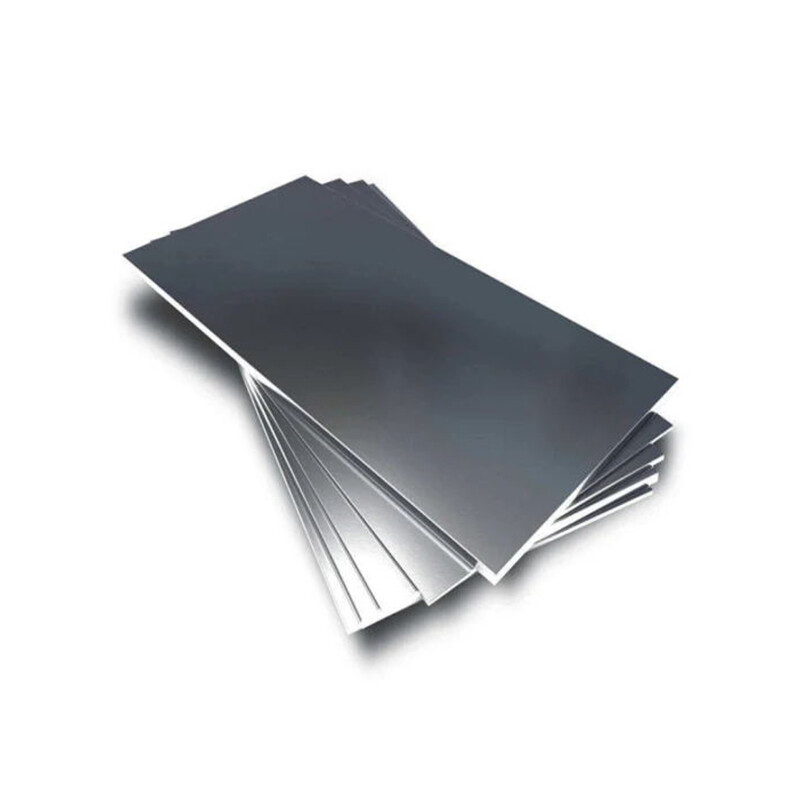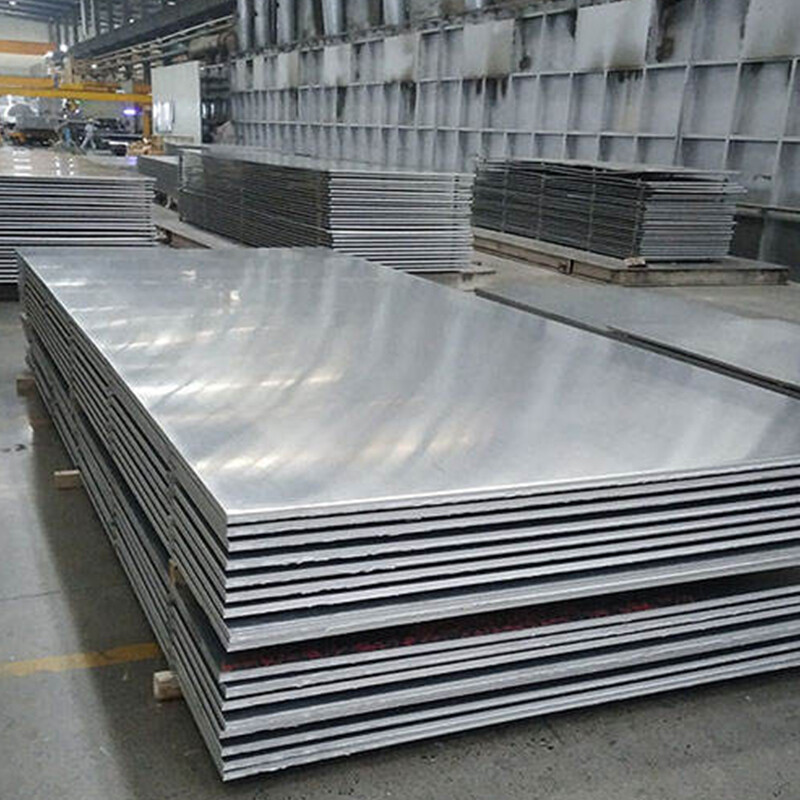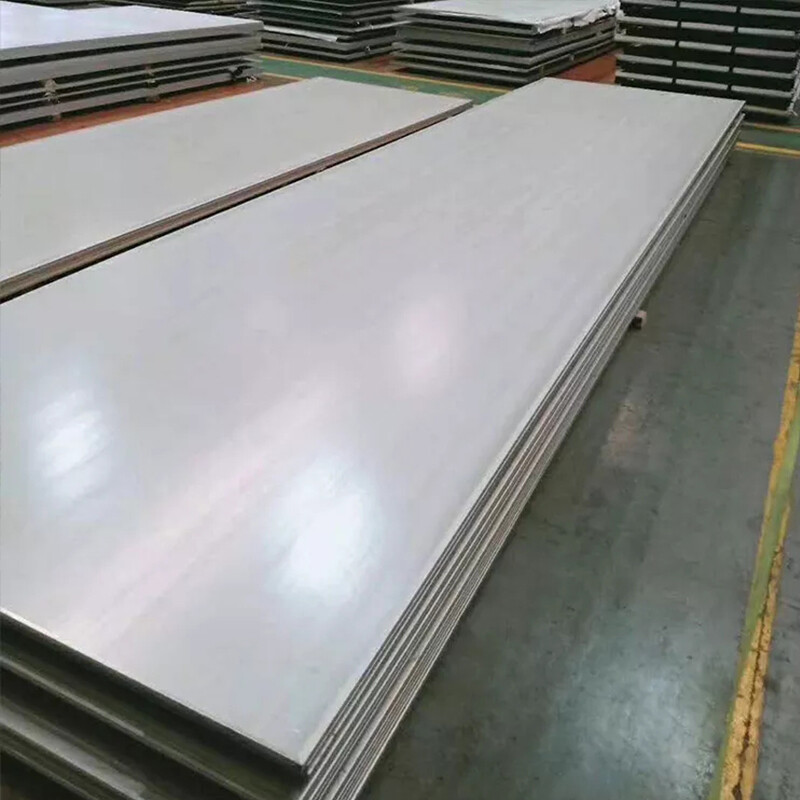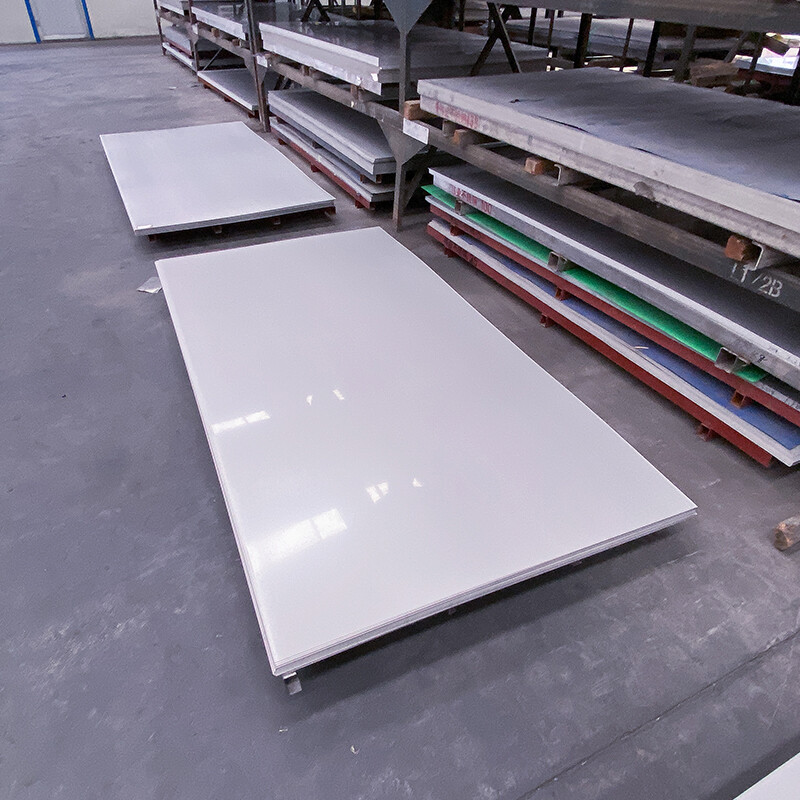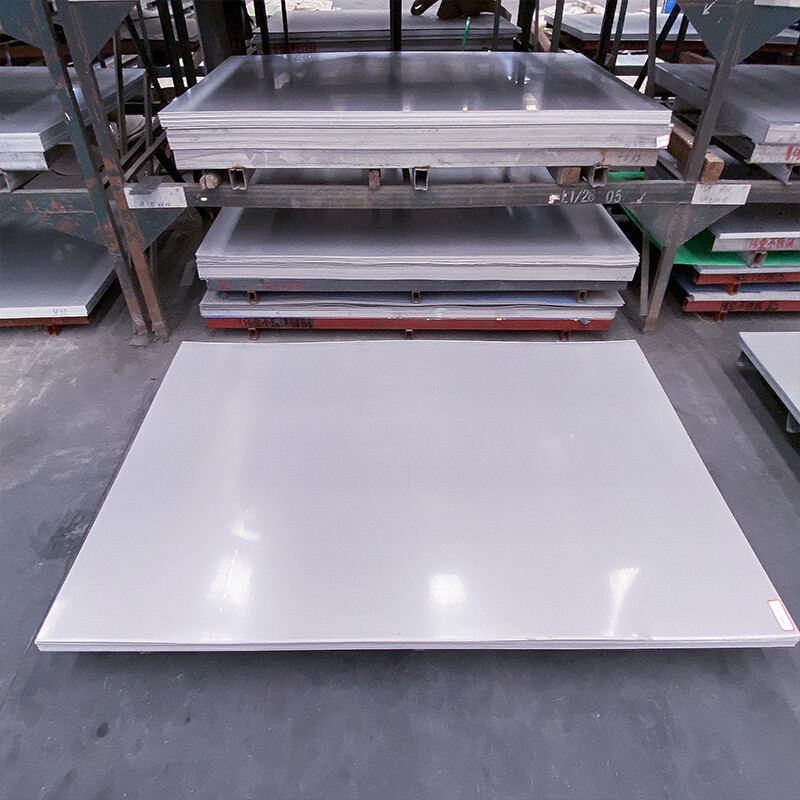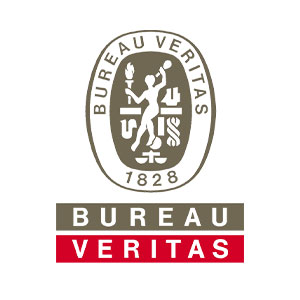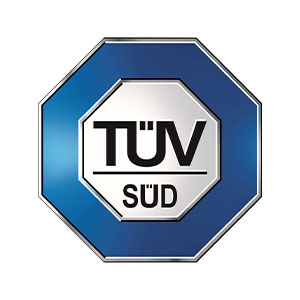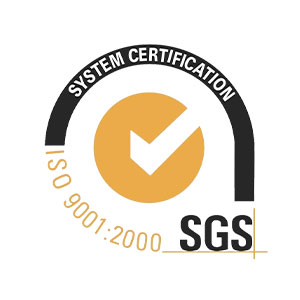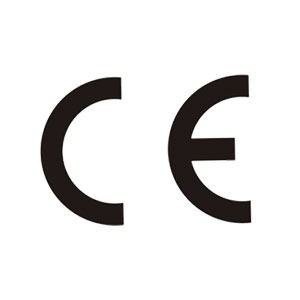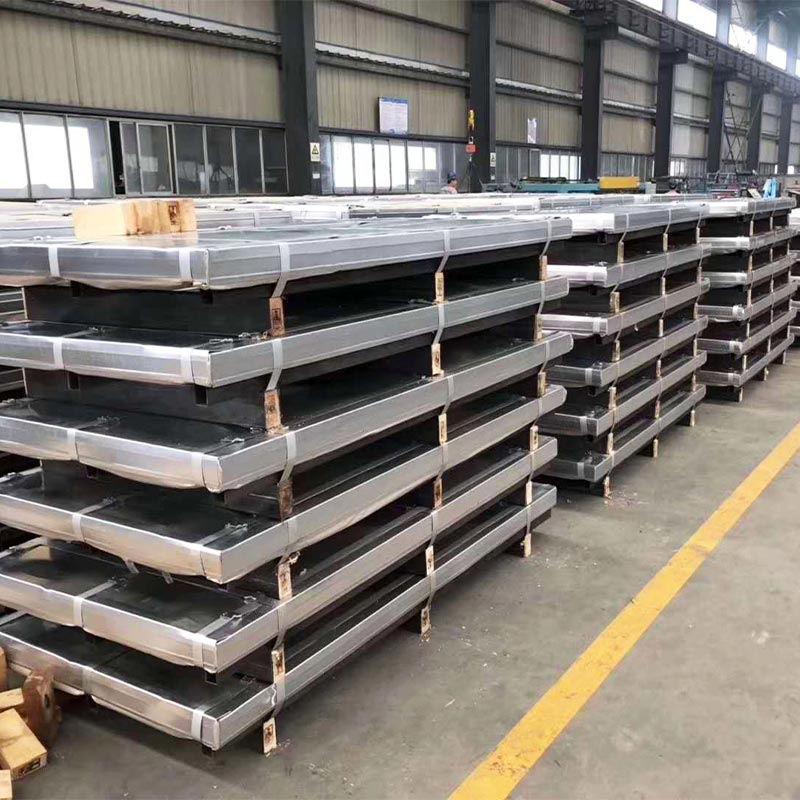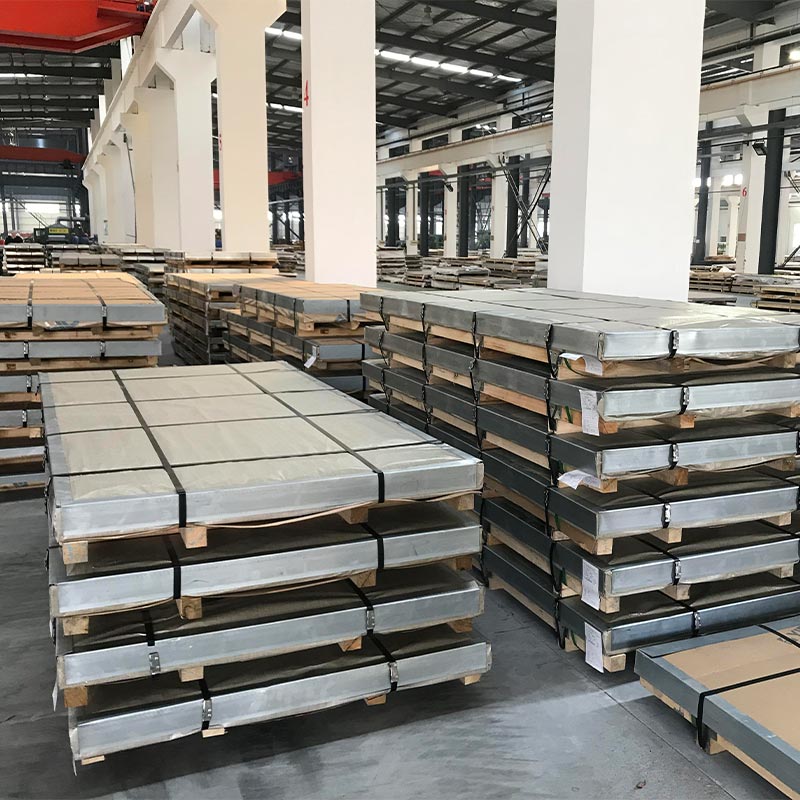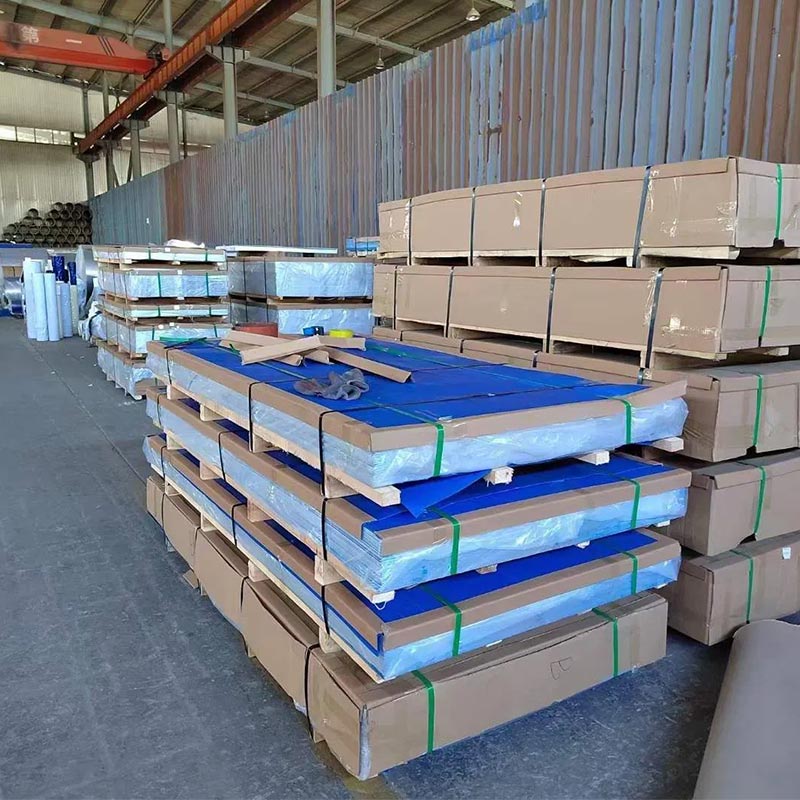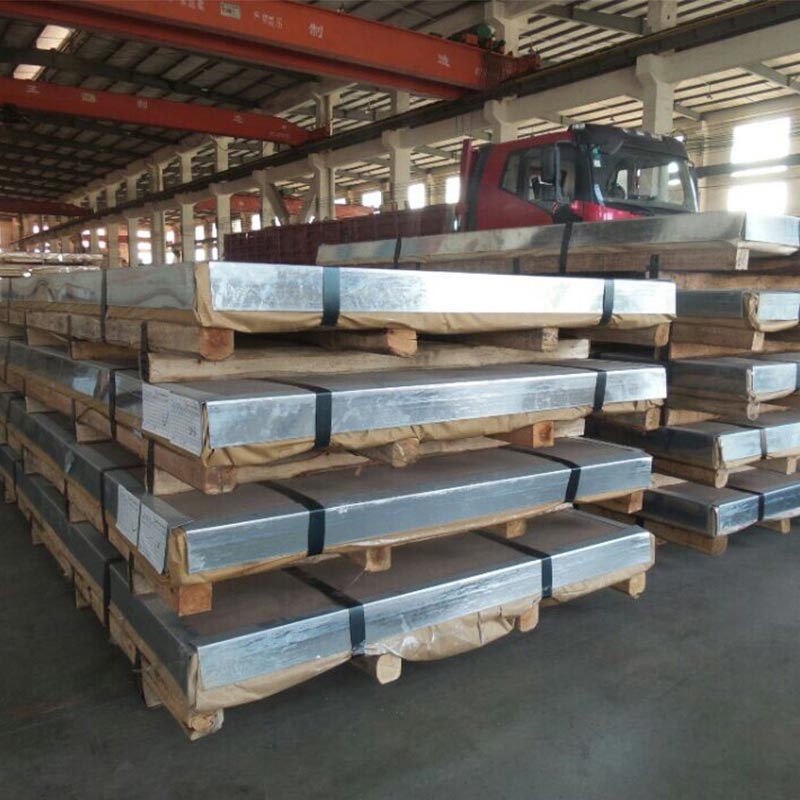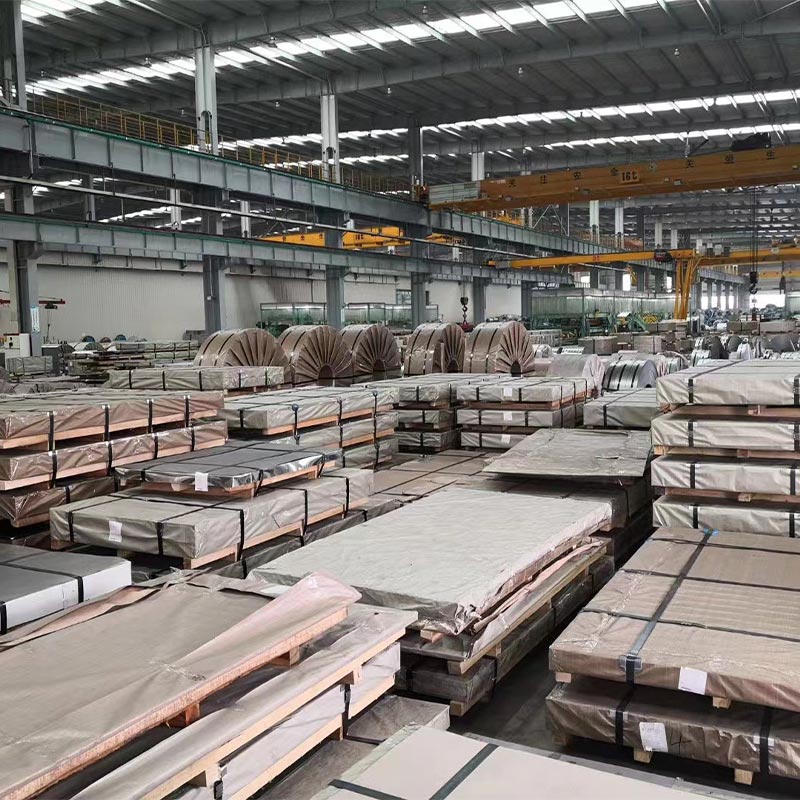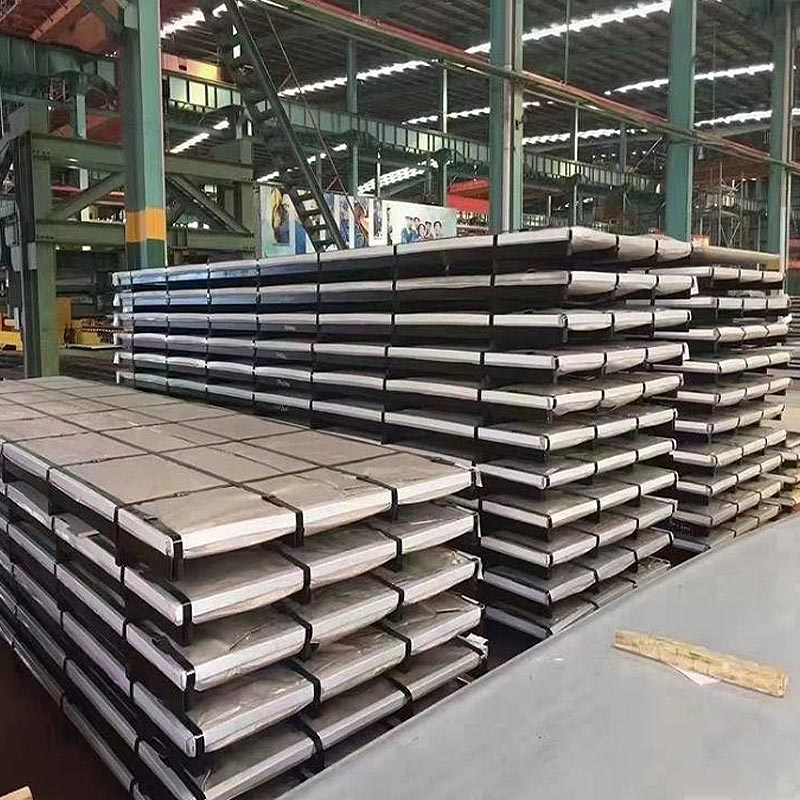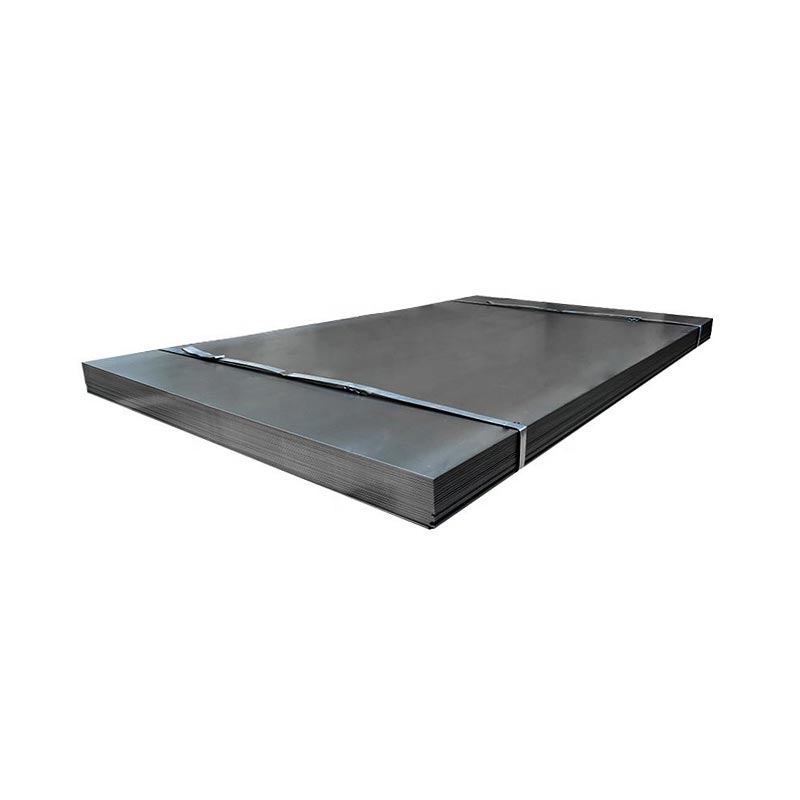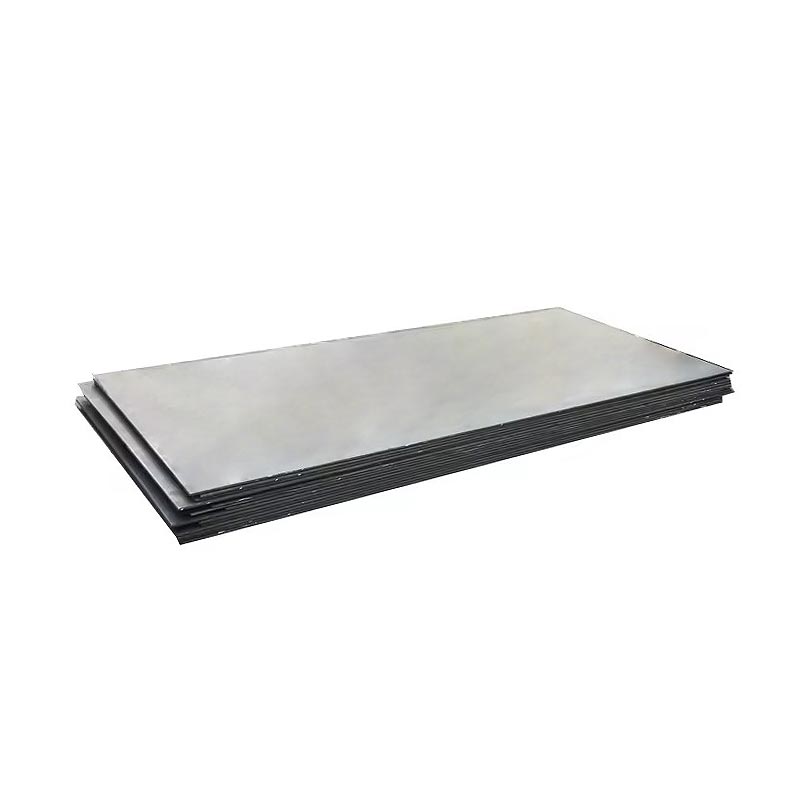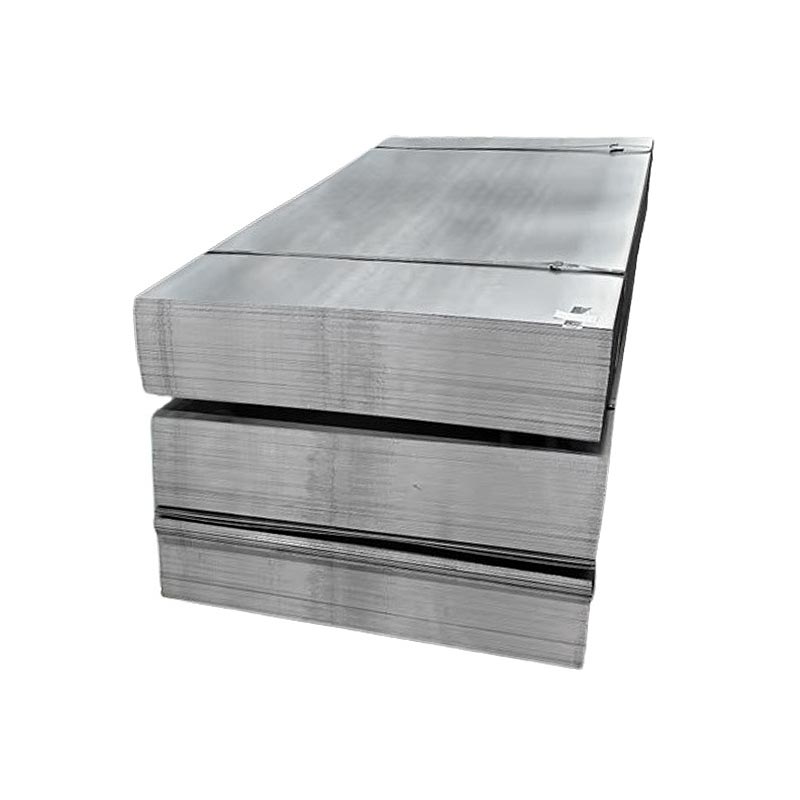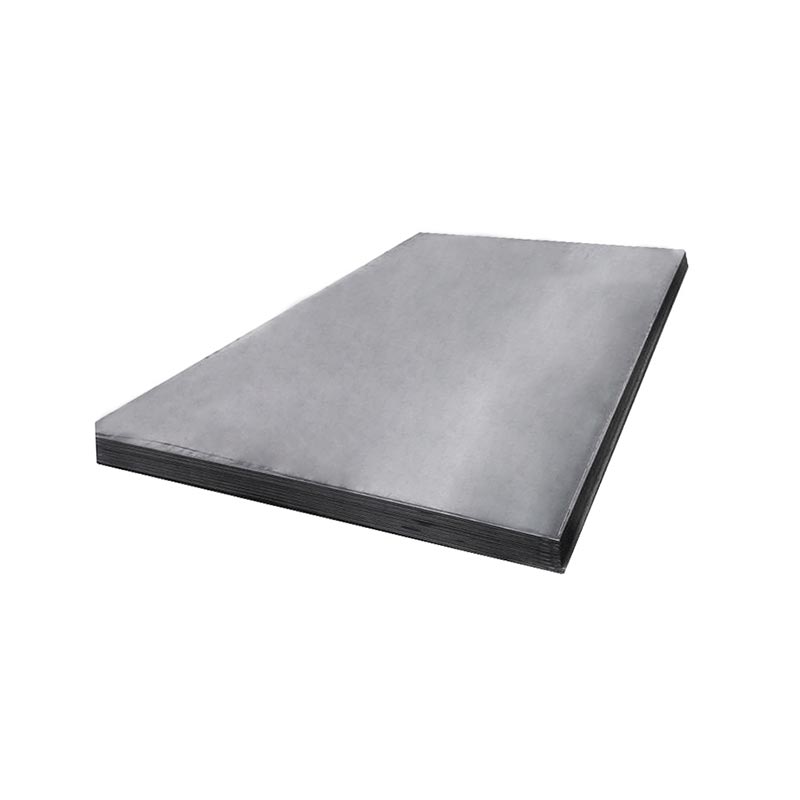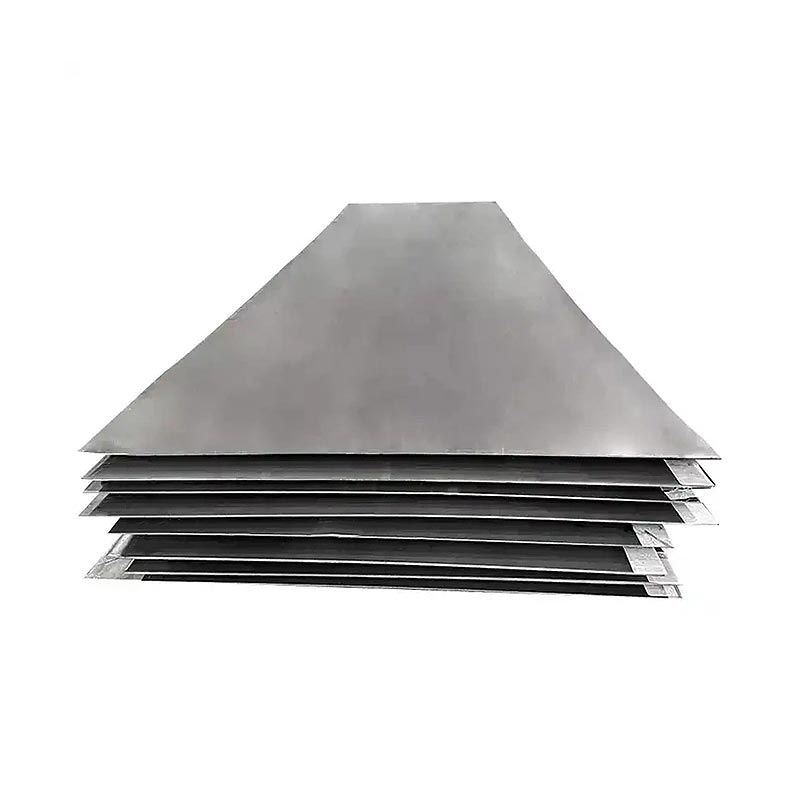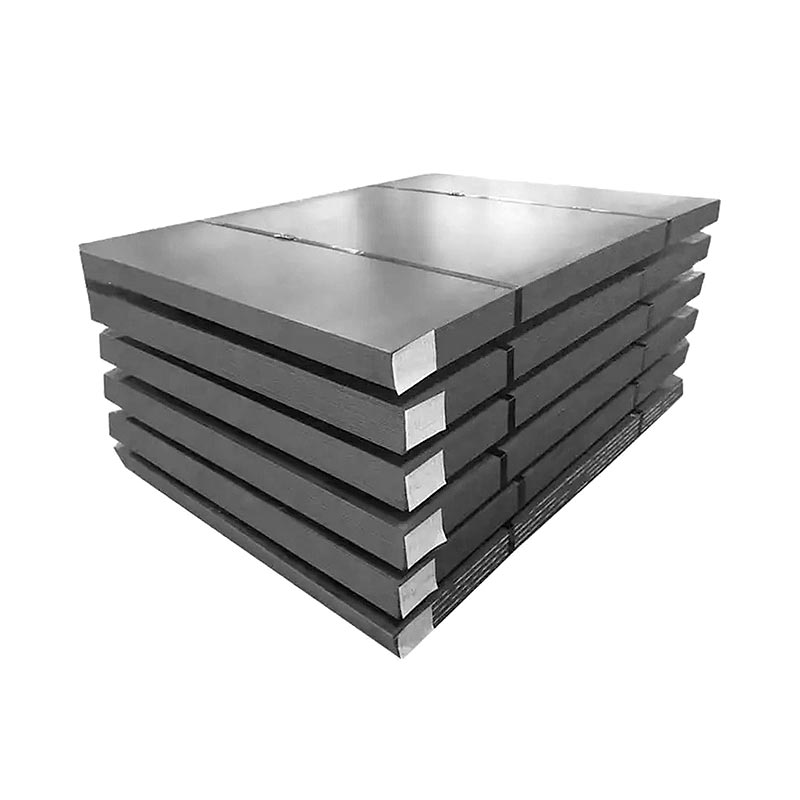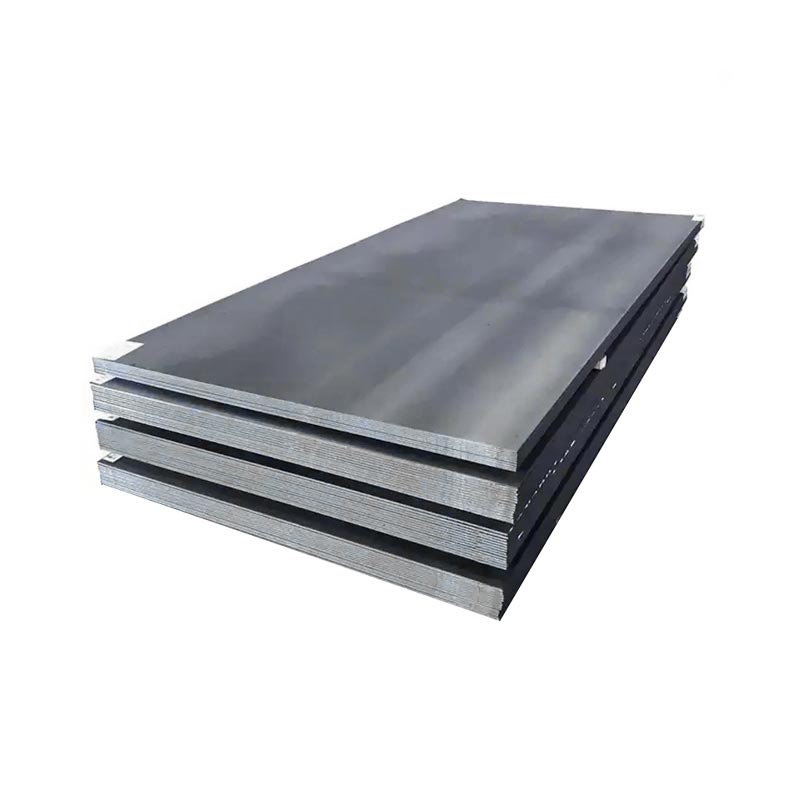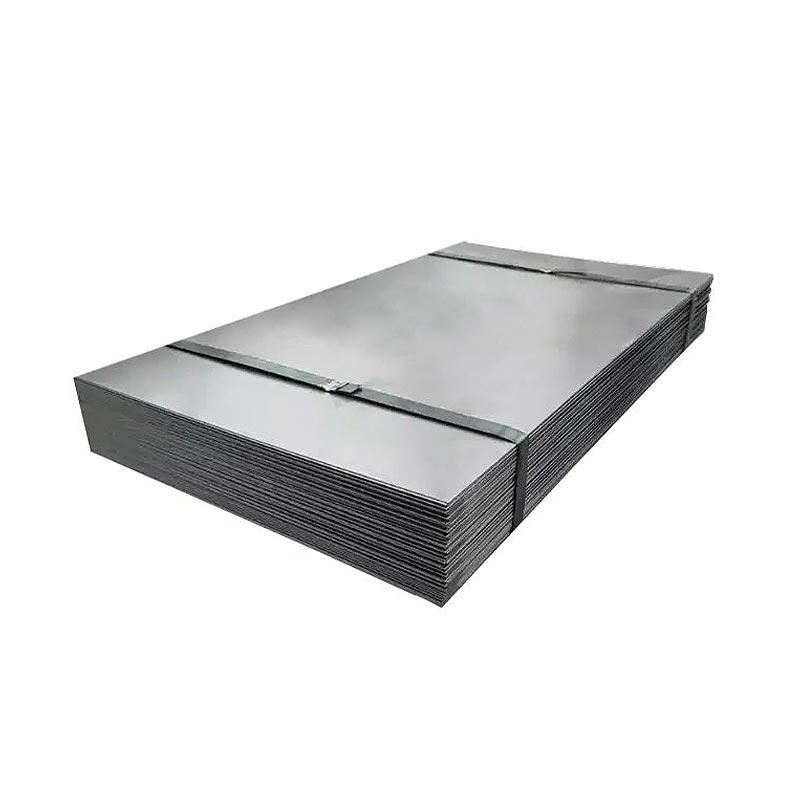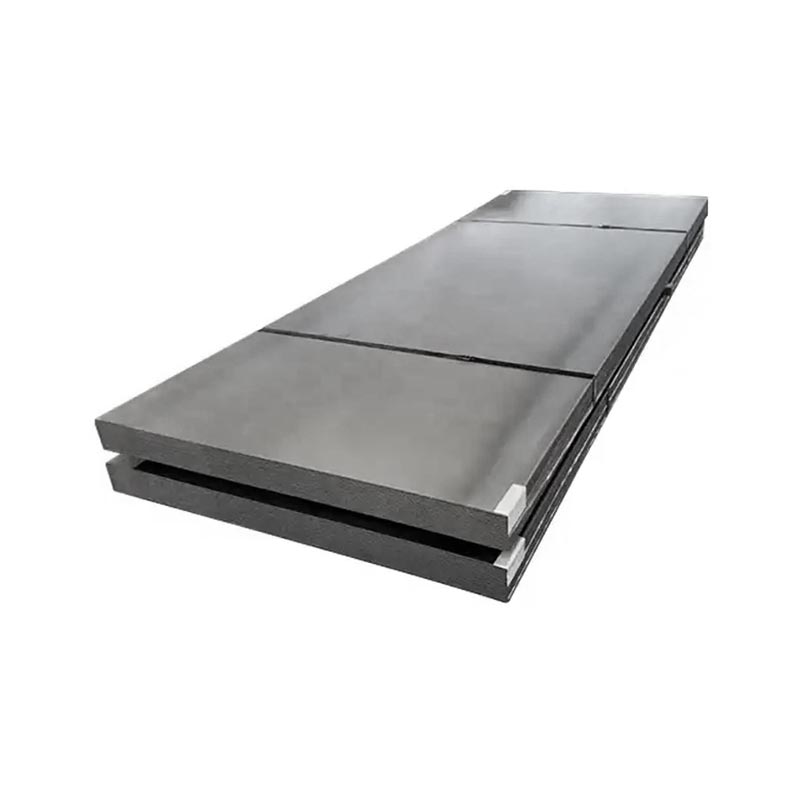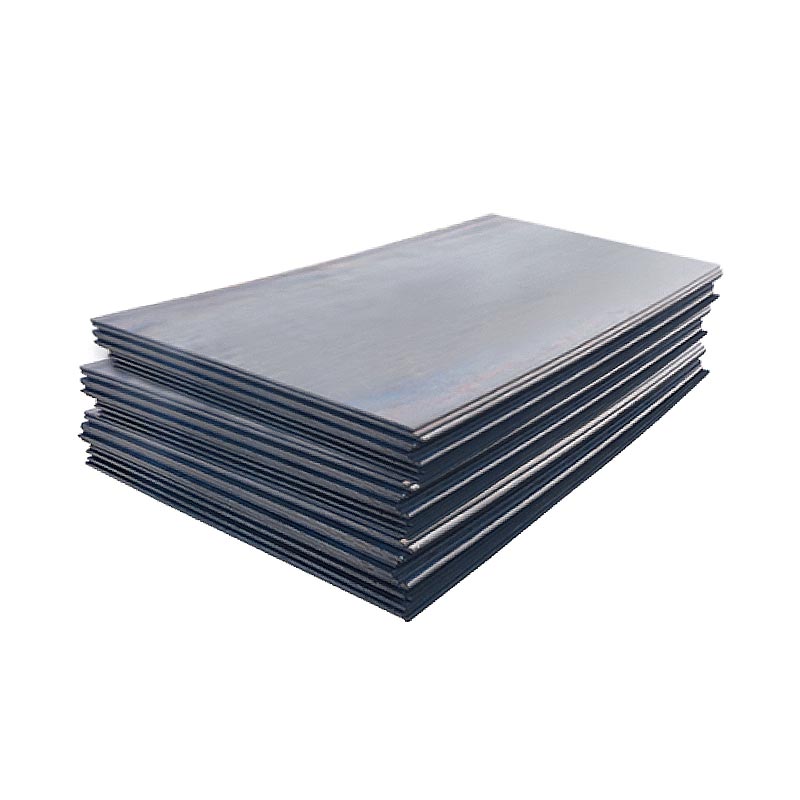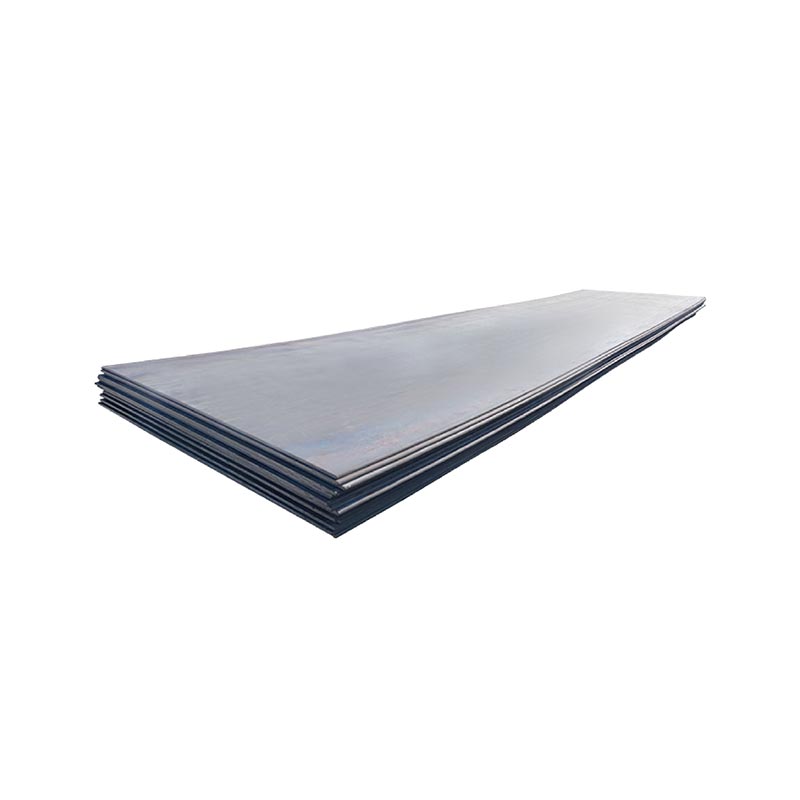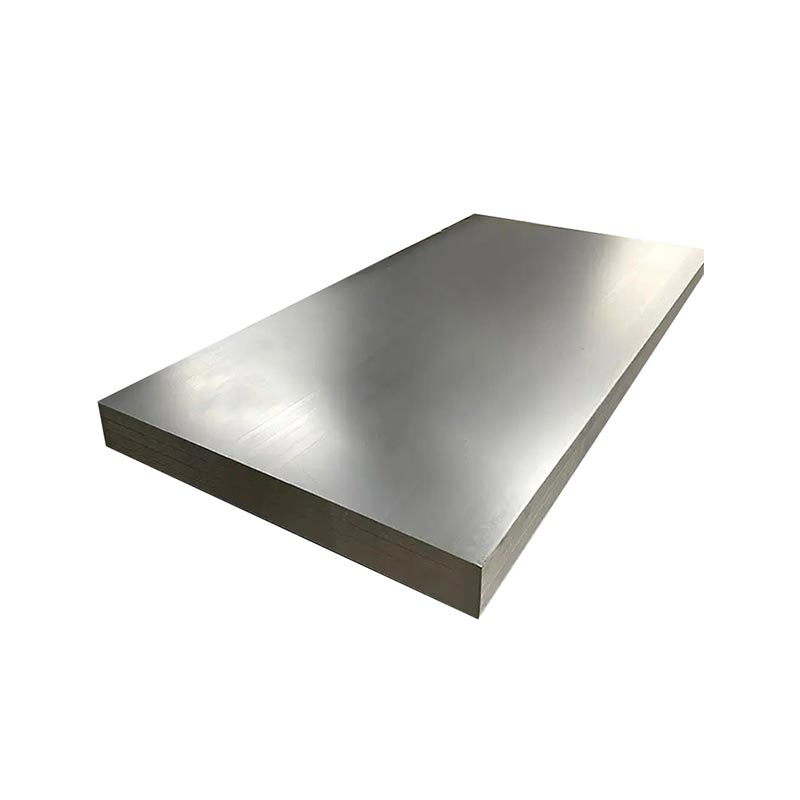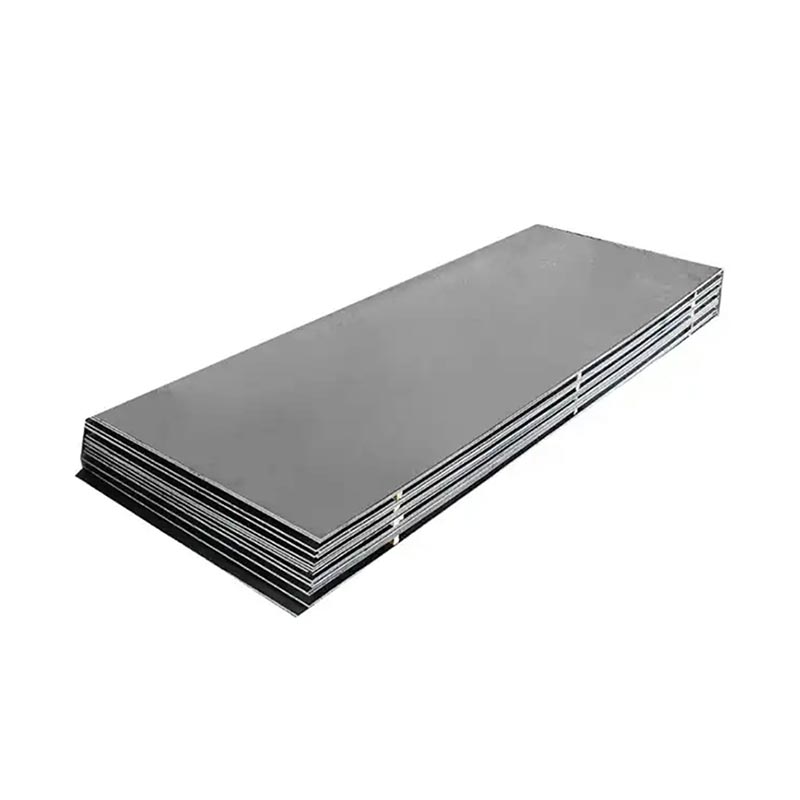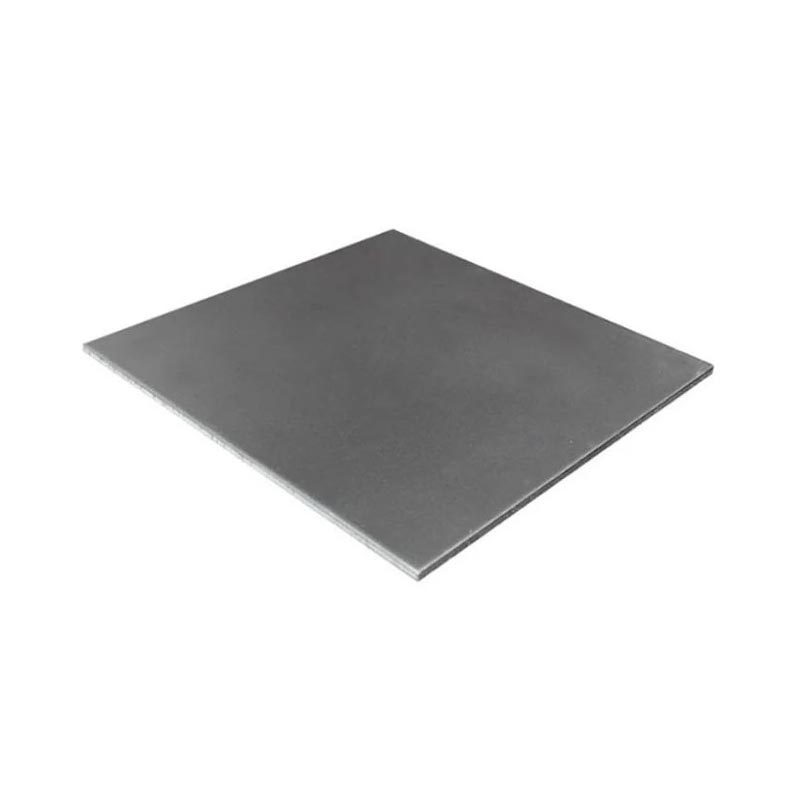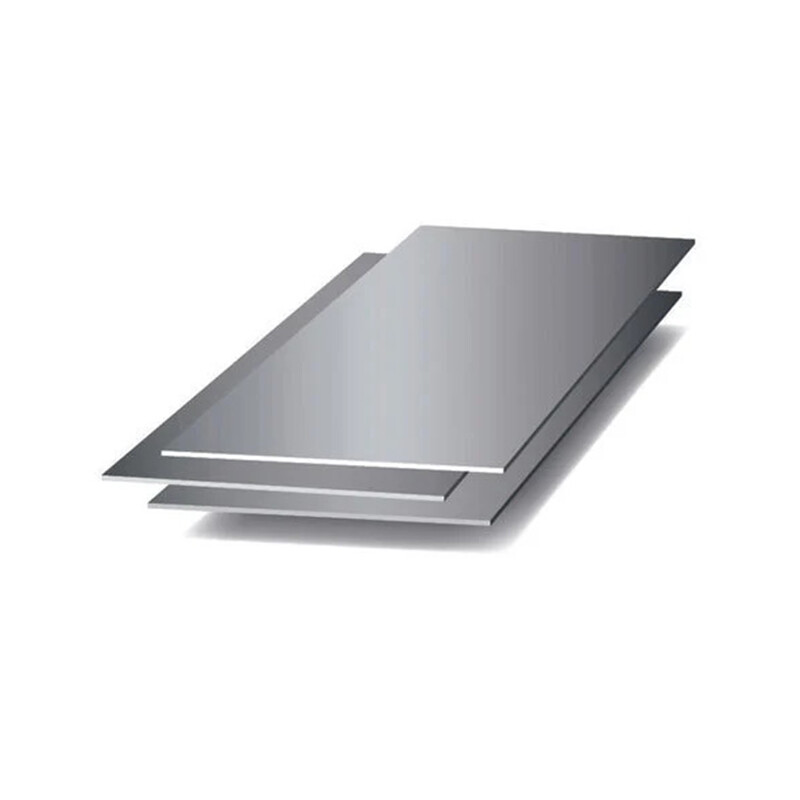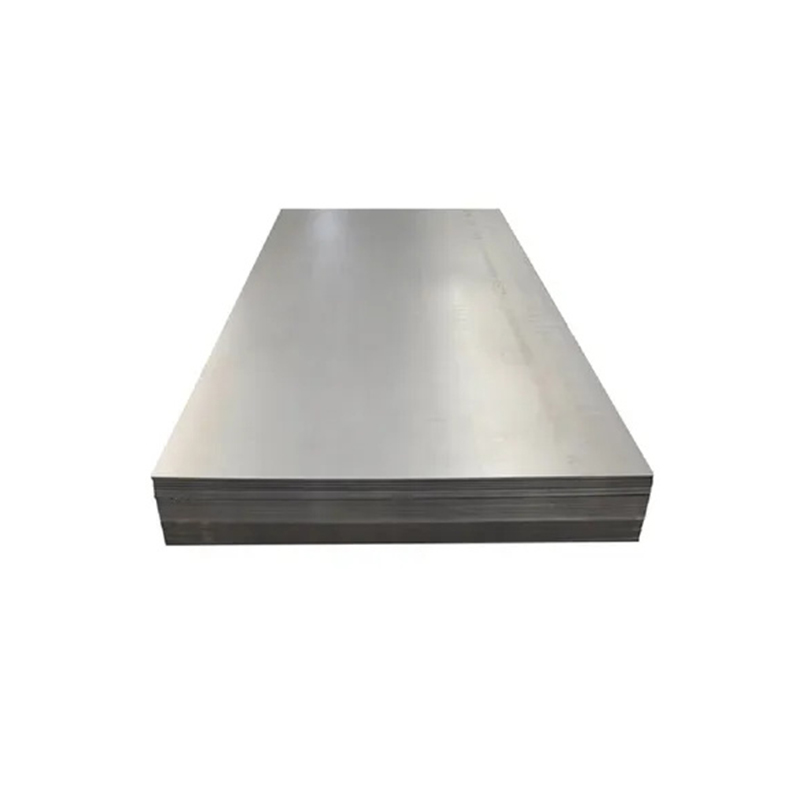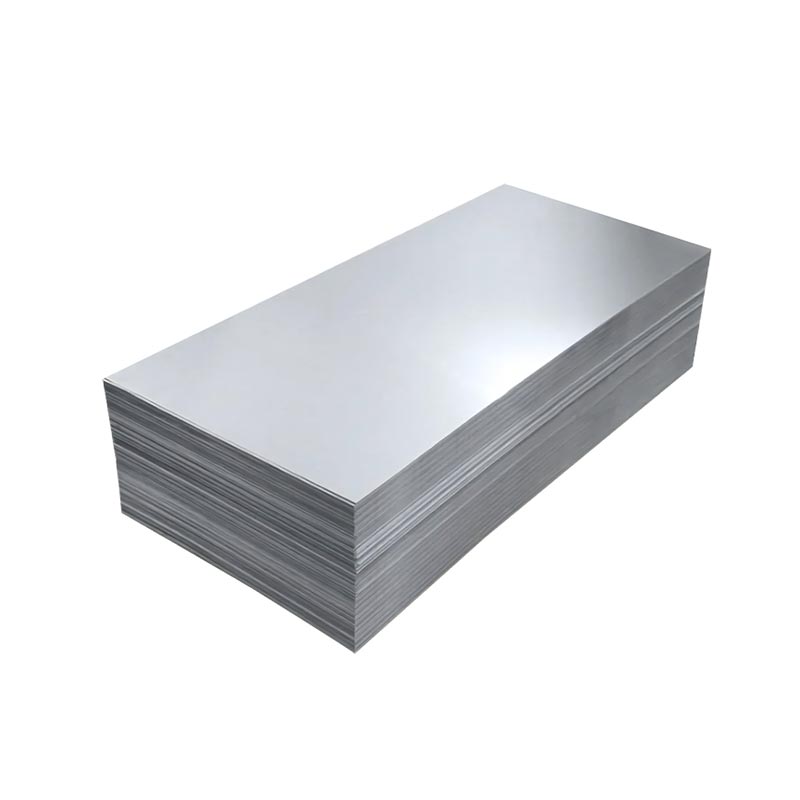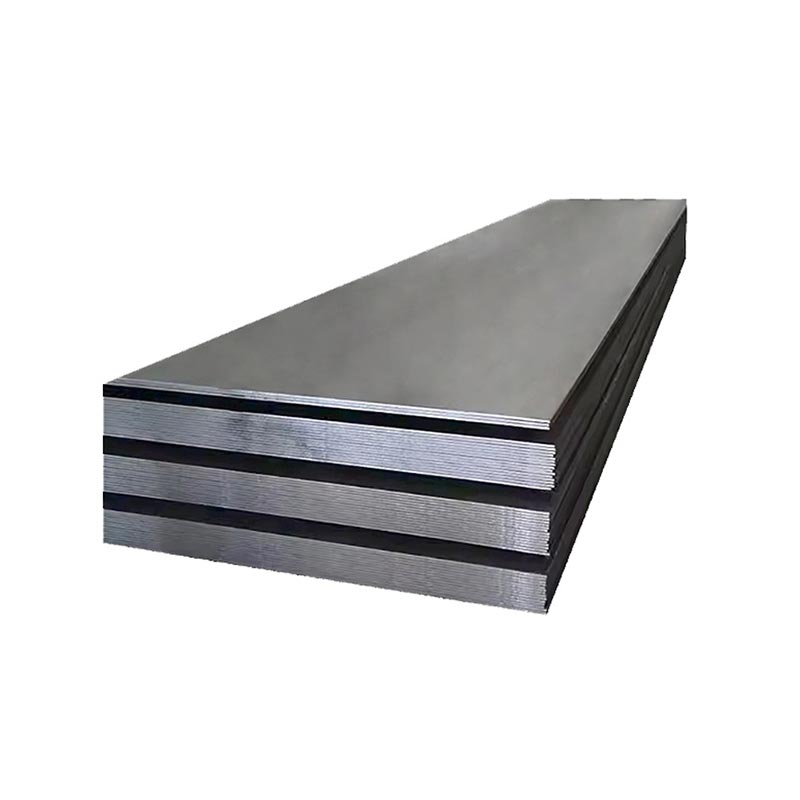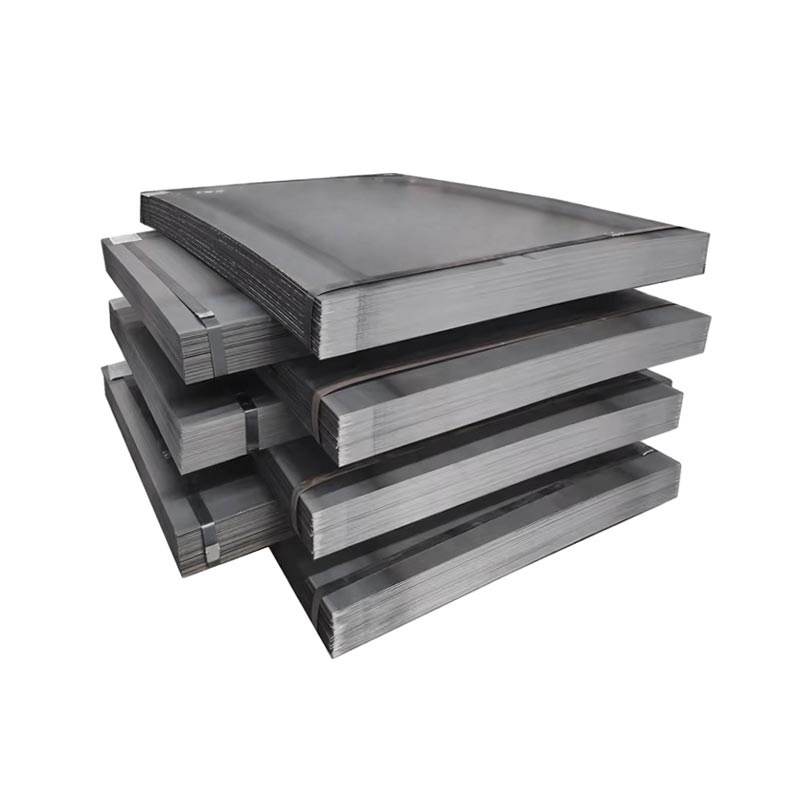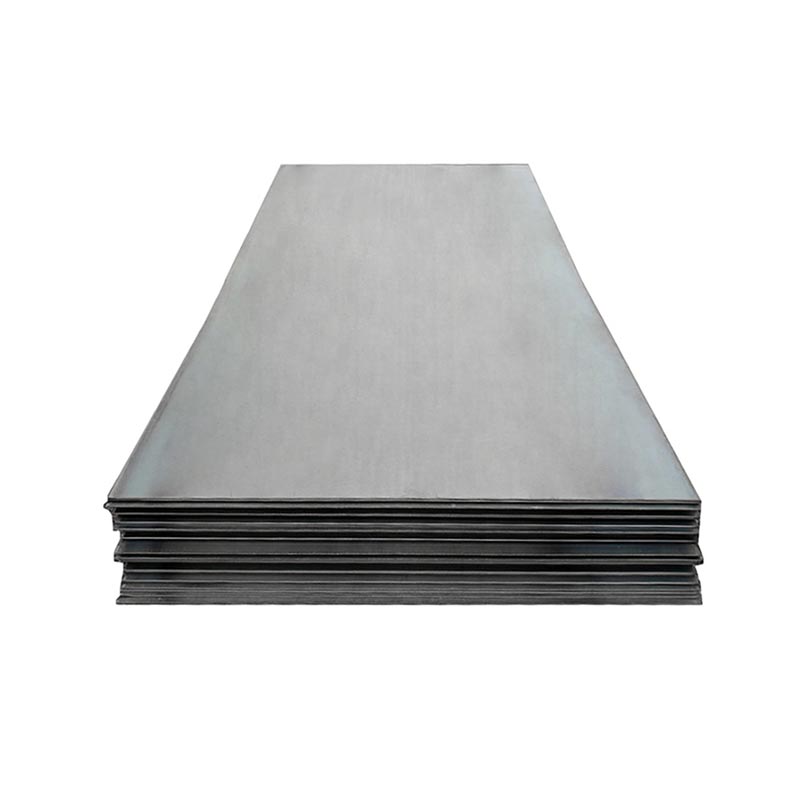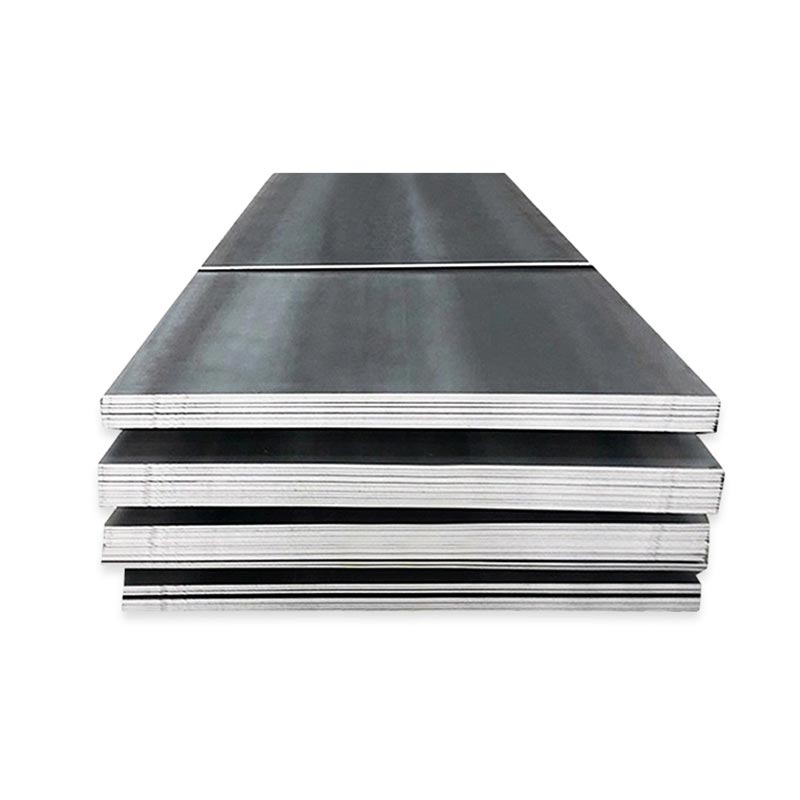Carbon Steel Plate
● A carbon steel plate is a flat sheet made from carbon steel, an alloy primarily composed of iron and carbon, with minimal other elements. It’s categorized by carbon content: low (≤0.25%), medium (0.25–0.6%), and high (>0.6%).
● Low-carbon plates offer ductility and weldability, ideal for construction or automotive parts. Medium-carbon variants balance strength and toughness, used in machinery. High-carbon types are hard but brittle, suited for tools or springs.
● Common grades include A36, S235JR, and A572. These plates vary in thickness, width, and finish, serving industries like construction, manufacturing, and energy for structural, industrial, or fabrication needs.
View Video
4135/4140/4145 SAE/AISI 4000 Series Alloy Steel
4135, 4140, 4145 are SAE/AISI 4000-series alloy steels, primarily alloyed with chromium and molybdenum. 4140 is the most common, offering balanced strength, toughness, and hardenability. 4135 has slightly lower carbon, enhancing weldability. 4145, with higher carbon, boasts greater strength. All excel in heat treatment, used in shafts, gears, and structural parts requiring durability under high stress.
Get A Quick Quote!
You Can Leave Us A Message
or Send Us An Email!
Product Details
Product Parameters
Packaging and Transportation
Related Products
Leave Us Message
Please give us a message
What are you lookking for?

